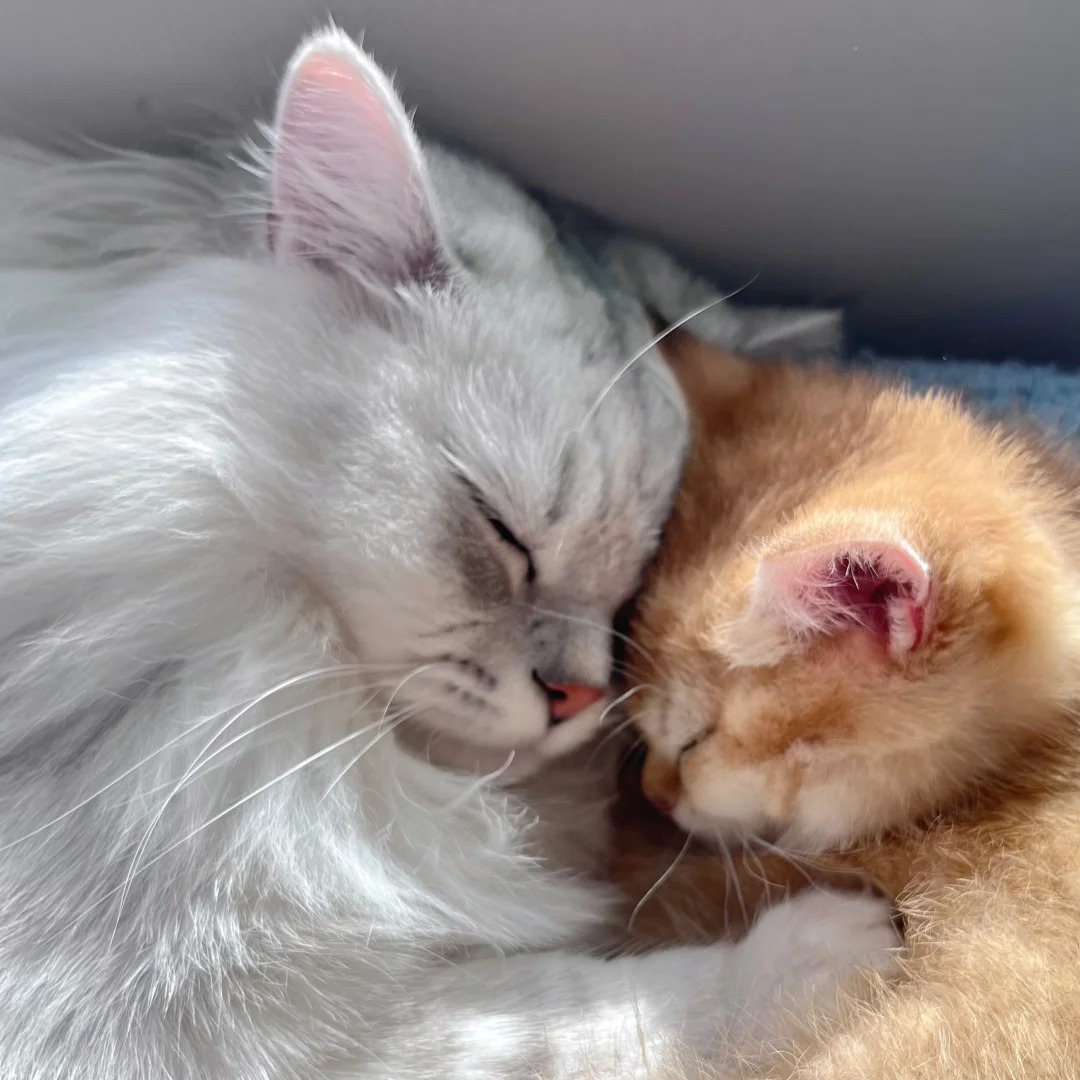Bringing a new cat home often involves an adjustment period where the cat may feel uneasy. This is especially true for adult cats that are less socialized and more cautious by nature. So, how can you help your new feline friend quickly adapt to their new environment?
**1. Cats Will Always Exhibit Some Degree of Discomfort**
No matter how well you prepare your home, how comfy the space, or whether the cat comes from a shelter or another group home, the new environment will feel entirely foreign and stress-inducing to them. Even the most laid-back cat will need time to adjust and explore. Give them the time they need.
**2. What Situations Could Make Your New Cat More Anxious?**
Let's get straight to it and discuss some of the situations that may make it harder for your cat to settle in:
- **A Large House**
A big house might actually intensify a new cat’s fear, especially if essential items like their litter box or food are scattered throughout the home, making it hard for them to find.
**Correct Approach:**
Start by confining the new cat to one independent room with everything they need—bed, food, water, and litter box. This small, initial space will help them relax and should be maintained for at least a week.
- **Brand New Toys and Supplies**
New isn’t always better. Completely unfamiliar items and scents can heighten a cat’s stress, and new food might even upset their stomach.
**Correct Approach:**
Bring some items from their old home if possible. Use a towel that’s been rubbed on their body to spread their scent throughout their new space.
- **Overly Excited New Family Members**
You might be thrilled to welcome a new cat, but loud noises and frantic movements can seem like “crazy monster behavior” to a sensitive cat.
**Correct Approach:**
Remind everyone at home to keep the noise level down and maintain distance. A quiet welcoming will help ease the cat’s anxiety.
- **Rushing the Process**
Being too anxious yourself can backfire. Avoid pulling them from their hiding spots, forcing food, or rushing them to the vet unless absolutely necessary.
**Correct Approach:**
Make sure all essentials are available and observe quietly. Let the cat get used to the new environment at their own pace. Being patient during the first 24 hours is crucial. Ideally, bring a new cat home over the weekend to allow more time for close observation.
**3. Methods to Make Your New Cat Feel More Secure**
Are there ways to help your new cat feel less scared? Certainly!
- **Let the Cat Decide When to Come Out**
When using a cat carrier, open the door and allow the cat to exit on their own. If they choose to stay inside, that means they feel safer in there. The carrier might even become their temporary “home” for the first few days.
- **A High, Secure Perch**
Some cats prefer high vantage points where they can observe everything from above. A tall cat tree can be a great comfort.
- **Stepping Back**
Constantly staring at your new cat can make them uncomfortable. Sometimes, it's better to leave the room or sit quietly on a couch at a distance.
**4. New Cats: Common Questions & Answers**
Here are answers to some common questions about bringing a new cat home:
**Q: What kind of litter and litter box should I prepare?**
**A:** Use the kind they’re already familiar with. If introducing new items, wait until they’ve settled. If you’re unsure of their previous setup, start with a large, open litter box and fine, clumping clay litter.
**Q: What if I’m not happy with their current food?**
**A:** Maintain their old diet for the first week, then gradually introduce new food.
**Q: What if the new cat cries at night?**
**A:** It’s normal. Try not to intervene too much. Kittens, however, might need extra comfort.
**Q: What if they hide in gaps and won’t come out?**
**A:** That’s normal too. Let them hide as long as the hiding spot is safe and clean.
**Q: Will tasty canned food or treats encourage them to eat?**
**A:** If their stress response isn’t too severe, yes. Leave food and then step away to let them eat in peace.
Finally, be patient and strategic. Soon enough, you might find your new cat approaching you with a friendly “meow,” looking for your company.




